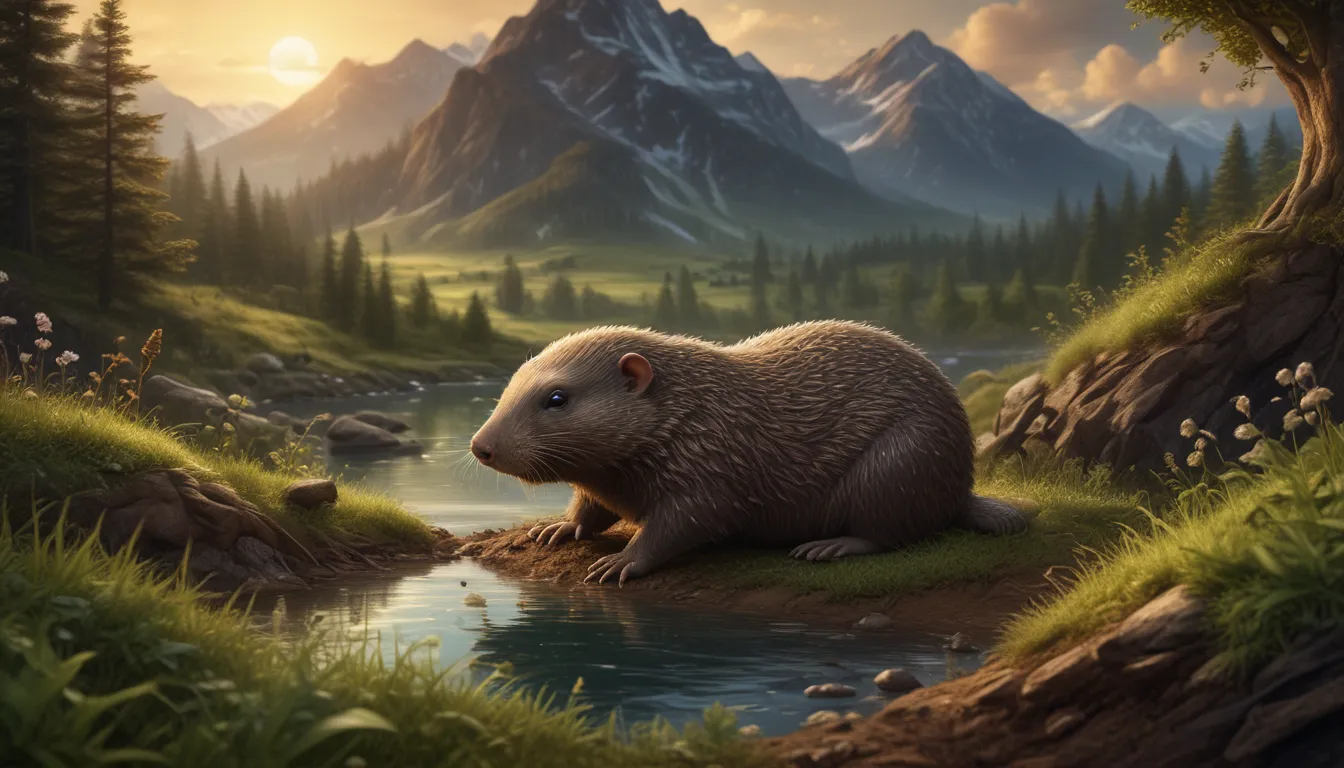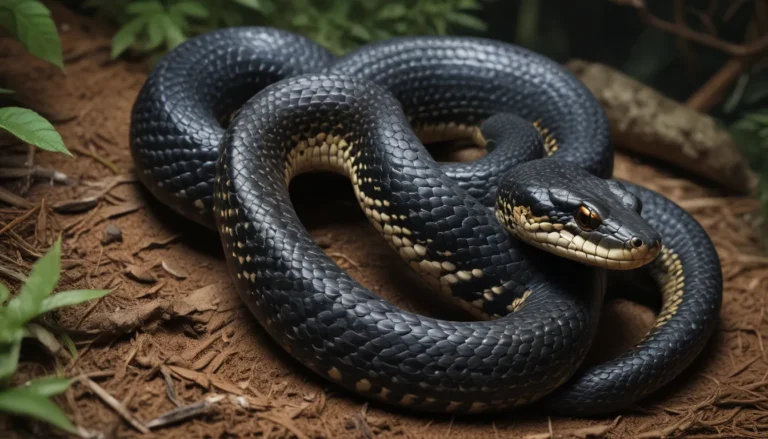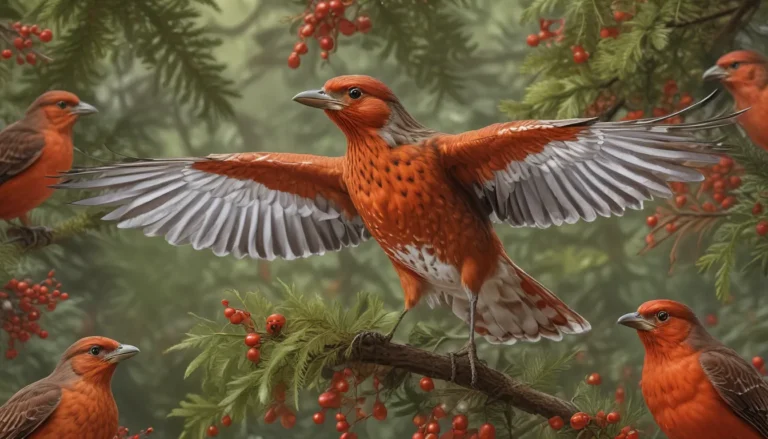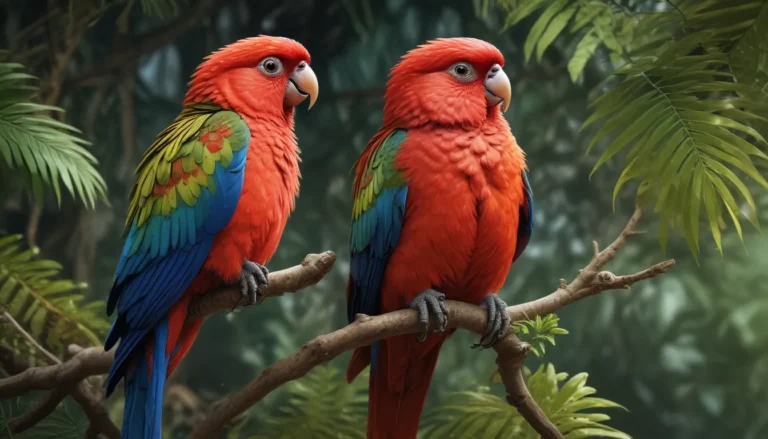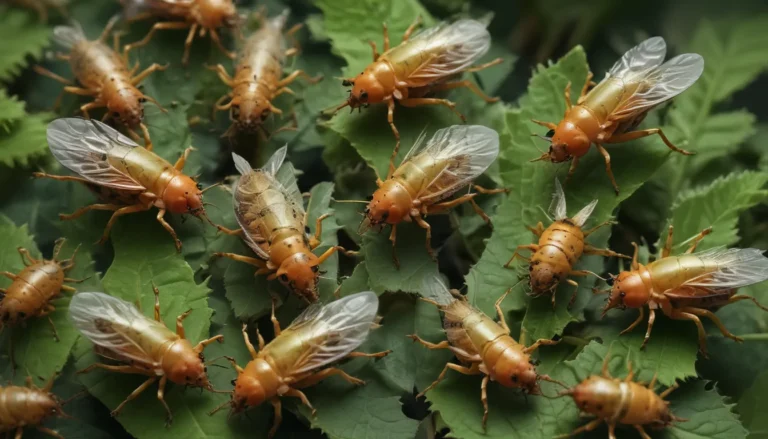The pictures we use in our articles might not show exactly what the words say. We choose these pictures to make you interested in reading more. The pictures work together with the words but don’t take their place. The words still tell you the important facts.
Mothers are extraordinary creatures with impeccable burrowing abilities, known for their unique physical attributes and behavior that set them apart from other mammals. These small beings, belonging to the Talpidae family, are experts at tunneling due to their cylindrical bodies and powerful forelimbs. Despite their poor eyesight, moles compensate with highly developed senses of touch and communication, playing a vital role in soil aeration and pest control.
Understanding the Enigmatic Mole
- Mole’s Cylindrical Bodies and Powerful Forelimbs:
-
Moles have cylindrical bodies and short, powerful forelimbs designed specifically for efficient digging and tunneling deep underground.
-
Global Distribution of Moles:
-
Moles can be found on every continent except Antarctica, thriving in various regions across North America, Europe, Asia, and Africa.
-
Sense of Touch Over Eyesight:
- Moles rely more on their highly developed sense of touch than their poor eyesight to navigate their dark underground environment, aided by their velvety fur.
Digging Deeper into Mole Facts
- Remarkable Tunneling Abilities:
-
With the capability to tunnel up to 18 feet in a single hour, moles can create intricate underground networks at an astonishing speed.
-
Speedy Eaters:
-
The star-nosed mole, one of the fastest eaters in the animal kingdom, can consume its body weight in food within a matter of hours.
-
Origins of Molehills:
- Molehills, those small mounds of soil on the surface, are formed by moles pushing soil up from their burrows as they navigate their underground world.
Delving into the Lifestyle of Moles
- Solitary Creatures:
-
Male and female moles are generally solitary beings, coming together only for the purpose of mating, preferring to lead independent lives.
-
Aquatic Capabilities:
-
Moles possess an unexpected talent for swimming, using their strong limbs and streamlined bodies to move efficiently through water.
-
Venomous Properties:
- Some moles have venomous saliva, aiding in immobilizing their prey, typically comprising of insects and small invertebrates.
The Importance of Moles in Ecosystems
-
Dietary Habits:
- Moles are insectivores, primarily consuming insects, earthworms, and small invertebrates abundant in the soil, providing a protein-rich diet.
-
Short Lifespan:
- With an average lifespan ranging between 3 to 6 years, moles have a relatively short existence compared to other animals.
-
Agricultural Benefits:
- Despite being perceived as pests by some, moles play a crucial role in soil aeration and pest control, enhancing soil structure and nutrient cycling.
Unveiling Mole Secrets
-
Unique Communication Methods:
- Moles communicate through a complex system of clicks, squeals, and vibrations, showcasing their distinctive means of interaction.
-
Taxonomic Identity:
- Contrary to popular belief, moles belong to the mammalian order of Insectivora, distinct from rodents as commonly assumed.
-
Valuable Fur:
- Mole fur is highly prized for its softness and durability, often utilized in crafting luxurious garments and accessories.
Exploring Further into the World of Moles
-
Expansive Tunnel Systems:
- Certain species of moles are capable of creating extensive tunnel networks spanning several miles, offering protection and access to food sources.
-
Prepollex Adaptation:
- The presence of an extra thumb-like structure known as the prepollex on the mole's front paws enhances dexterity and grip during tunneling efforts.
-
Unyielding Strength:
- Despite their small stature, moles possess remarkable strength, enabling them to navigate through challenging soils effortlessly.
Appreciating the Remarkable World of Moles
Moles are fascinating creatures with unique adaptations tailored for their underground lifestyle, playing a vital ecological role in soil aeration and pest control. Understanding these 18 captivating facts about moles offers a glimpse into their extraordinary world and highlights their importance in maintaining ecosystem balance. So, the next time you encounter a molehill in your garden, take a moment to acknowledge the incredible creature responsible for shaping the landscape.
Frequently Asked Questions about Moles
- Dietary Preferences: Moles primarily feed on earthworms and insects to sustain their high energy levels.
- Hibernation Patterns: Moles do not hibernate and remain active throughout the year, adjusting behaviors in harsh conditions.
- Visual Abilities: Moles have poor eyesight but rely on touch, smell, and hearing to navigate their surroundings.
- Swimming Skills: Moles are proficient swimmers, utilizing paddle-like feet to move through water.
- Impact on Humans and Plants: While not inherently harmful, mole digging can create unsightly molehills and tunnels in gardens and lawns.
- Lifespan: Moles live an average of 2-3 years in the wild, with natural predators like foxes, owls, and snakes.
- Species Diversity: Approximately 40 mole species exist across North America, Europe, and Asia, each with unique adaptations.
- Nocturnal Vision: Moles have limited eyesight but can function adequately in low-light conditions.
- Digging Depth: Moles can tunnel up to 10-12 inches beneath the soil surface.
- The Intriguing World of Moles: Discover more fascinating facts about moles, from their dietary habits to their unique adaptations.
Mothers are truly captivating creatures with a world of secrets waiting to be uncovered. Their significance in ecosystem balance and soil health emphasizes the importance of appreciating and understanding these enigmatic beings. Explore the remarkable realm of moles and marvel at their exceptional characteristics as you delve deeper into the hidden world beneath our feet.
